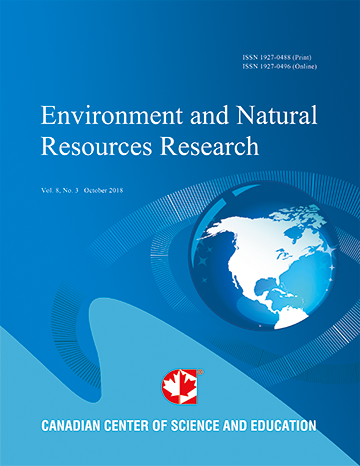Soil Amendment and Tillage to Reduce Phosphorus Loss in Coastal Western Australia
- Robert Summers
- David Weaver
Abstract
Phosphorus (P) runoff is a major factor contributing to water quality decline in waterways and waterbodies of coastal Western Australia (WA). Soils with naturally low P retention or those with increased P saturation from P application have higher risk of P loss via leaching or runoff. Substantial research has been carried out to minimise P loss via leaching and runoff through modifications of soil P retention capacity. We review literature of P retentive soil amendments, natural clays and tillage of soil to lift clay to the surface to increase P retention and reduce P loss from poorly retentive sandy soils and P stratified soils, and which have been tested for efficacy and safety. This review includes published research, previously unpublished trial data, research in unpublished reports and published research in limited circulation with particular emphasis on the Swan Coastal Plain due to unabated P loss and limited uptake of soil amendment in the region to combat it. Key findings are that amending leaching sands with bauxite residue from alumina refining, neutralised used acid (NUA from mineral sands processing) and clay, as well as tillage or mixing of P stratified soils have been shown to be very effective at reducing P loss. Increases in plant productivity have been found, depending on conditions such as soil pH and soil test P. For the materials tested, soil amendment did not lead to undue uptake of trace elements or concerning levels of radiation. Trials of NUA have shown Mn is close to acceptable limits or slightly exceeds them and is the subject of further research to determine application rates and field conditions required to minimise Mn or other contamination. The P retentive effect of soil tillage is restricted to soils with high P levels in the soil surface and higher P retention below the surface, reachable by soil tillage equipment.
Journal Metrics
Google-based Impact Factor (2016): 6.22
h-index (November 2017): 12
i10-index (November 2017): 19
h5-index (November 2017): 11
h5-median (November 2017): 12
Index
Contact
- Emily LinEditorial Assistant
- enrr@ccsenet.org
